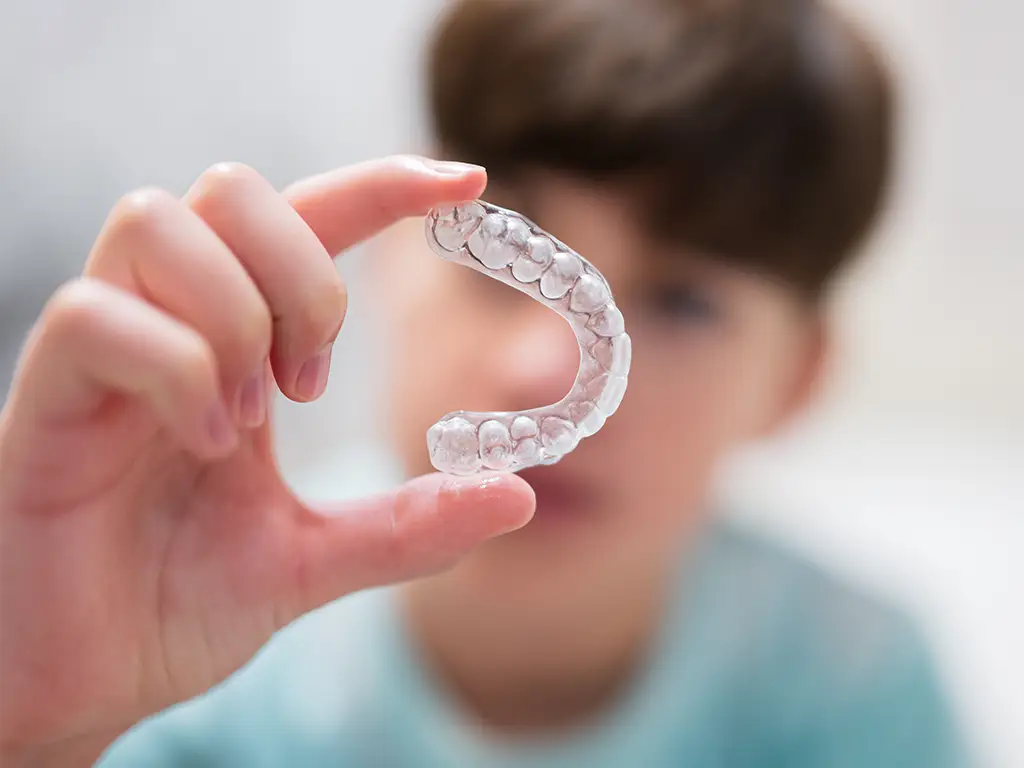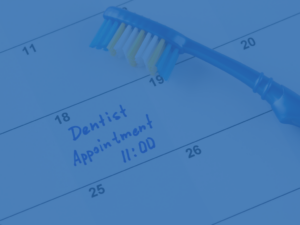A revolutionary alternative for those seeking a quicker path to a straighter smile, Fastbraces is an innovative orthodontic treatment designed to straighten teeth faster than traditional braces. Unlike conventional braces, which typically require 18–30 months to achieve results, Fastbraces can deliver outcomes in as little as 3–12 months—sometimes even 100 days—depending on the case.
I am a certified Fastbraces Master Provider and we have been using this treatment for many years. This article will cover more information on Fastbraces, how they work, benefits, and who may be a candidate.
What Are Fastbraces?
Traditional braces operate in two phases: first aligning the crowns over about a year, then adjusting the roots to ensure stability. Fastbraces is a patented orthodontic system developed by Dr. Anthony Viazis in 1992, and unlike traditional braces, are designed to accelerate teeth straightening by addressing both the crown (visible part) and root of the tooth simultaneously. Fastbraces use a unique triangular bracket design and a single, super-elastic nickel-titanium wire to move both the crown and root from the start, significantly reducing treatment time. This approach is faster, more comfortable, and less invasive than conventional orthodontics.
The system is available in two main series: the Classic Series and the Turbo Series, with the latter being faster for less severe cases, potentially completing treatment in as little as 120 days. Fastbraces also offer metal and ceramic (clear) brackets. The ceramic brackets are less noticeable and are perfect for aesthetic-conscious patients. Additionally, some patients using Fastbraces may only need to wear post-treatment retainers for 15–20 minutes daily to maintain results—a stark contrast to the longer retainer use required by traditional braces.
How Do Fastbraces Work?
The core innovation of Fastbraces lies in its triangular brackets and flexible, square nickel-titanium wire. Traditional braces use square brackets, which limit wire flexibility and require multiple wire changes to adjust tooth positioning. Fastbraces’ triangular brackets increase the distance between brackets, doubling the wire’s flexibility and allowing a single wire to exert gentle, continuous pressure throughout treatment. This design, combined with the wire’s heat-activation by the mouth’s natural warmth, reduces friction and facilitates smoother, faster tooth movement.
Fastbraces also incorporates techniques like phototherapy and subsonic wave treatments in some cases to enhance efficiency, particularly for severe misalignments. By targeting the roots from day one, the system aims to achieve “root parallelism” early, ensuring teeth are upright and stable in their final position. This contrasts with traditional braces, where root alignment is a secondary step and prolongs the process.
Benefits of Fastbraces
- Reduced treatment time, averaging 3–12 months compared to 18–30 months for traditional braces. Some of our patients have reported visible improvements within just a few weeks.
- In many cases, Fastbraces can be less expensive than traditional metal braces, eliminating the need for procedures like tooth extractions or jaw surgery, which can add $75–$450 per tooth to traditional brace costs.
- Fastbraces are designed to exert gentler forces, resulting in less discomfort than traditional braces. Our patients often report minimal pain post-adjustments due to the single-wire system and reduced friction.
- The continuous action of the super-elastic nickel-titanium wire reduces the need for frequent adjustments, meaning fewer dental appointments.
- Straightening teeth with Fastbraces can reduce plaque buildup, cavities, and gum disease by addressing crowding and misalignment, which make oral hygiene challenging. It may also improve chewing, speech, and jaw comfort. By correcting misalignments faster, Fastbraces can reduce the risk of dental issues caused by crooked teeth, potentially avoiding costly treatments like root canals or implants.
- Ceramic brackets provide a discreet alternative to metal, appealing to those concerned about appearance.
- Fastbraces require less intensive retainer use post-treatment, often just 10–15 minutes daily compared to 22 hours per day for traditional braces. This can reduce aftercare costs and inconvenience.
Candidacy for Fastbraces
Fastbraces are suitable for children with mild to moderate dental issues, such as crooked or crowded teeth, gaps, or minor bite problems. A thorough evaluation is crucial to determine eligibility, as severe misalignments or untreated dental conditions (e.g., gum disease, tooth decay) may disqualify some patients. In your Fastbraces consultation with our staff at Orem Pediatric Dentistry, we will assess your child’s teeth, bite, and oral health to confirm suitability for the procedure. X-rays and impressions may be required. The treatment will be fully explained so it is understood by everyone. Post-treatment, patients wear retainers for 15–20 minutes daily to maintain alignment, though we may recommend longer use based on individual needs.
Provider Expertise is Essential
Fastbraces is a great option for those seeking faster, more comfortable teeth straightening, particularly for mild to moderate cases. Its innovative triangular brackets and single-wire system reduce treatment time and discomfort. Patients considering Fastbraces should always consult a highly qualified provider. We are open until 7 p.m. on Wednesdays and every third Saturday of every month. Visit our contact page or call us at (801) 802-7200 today to schedule your appointment.






